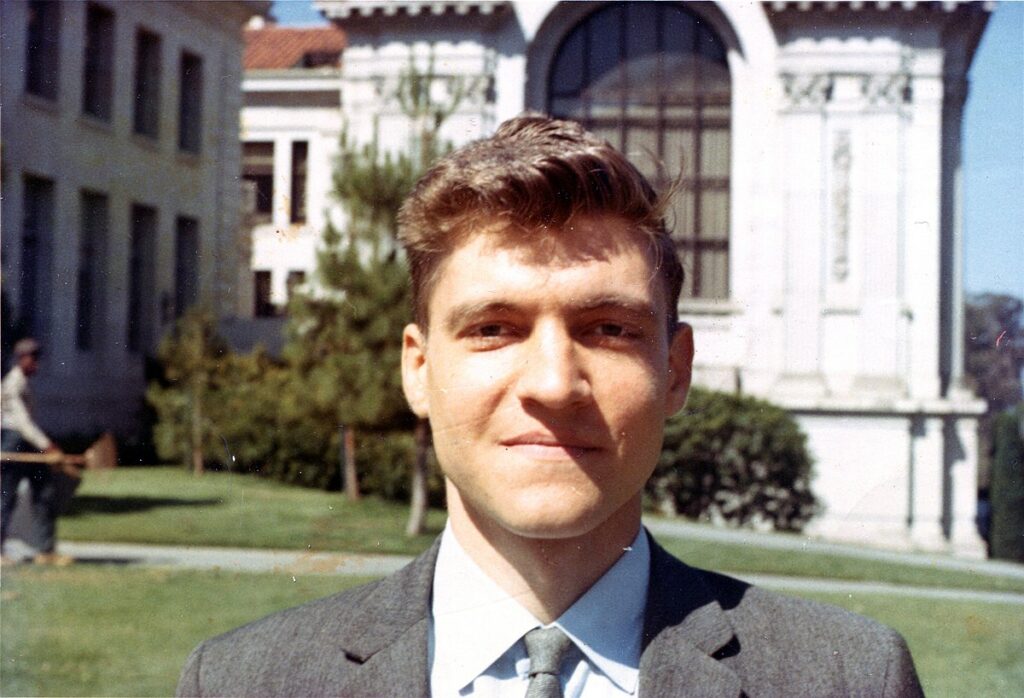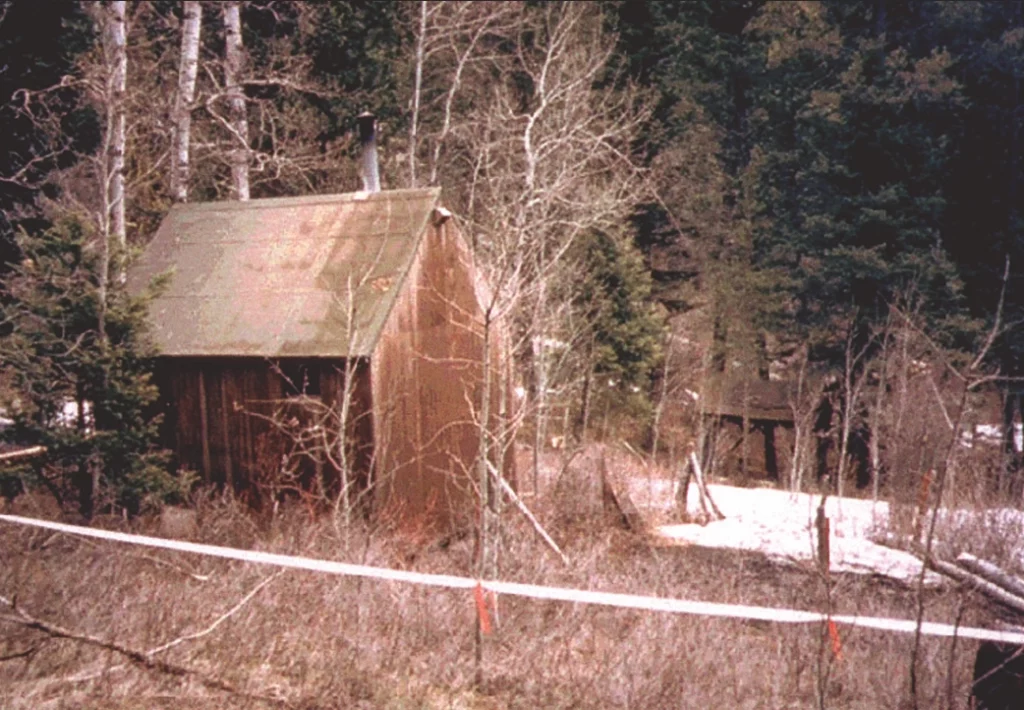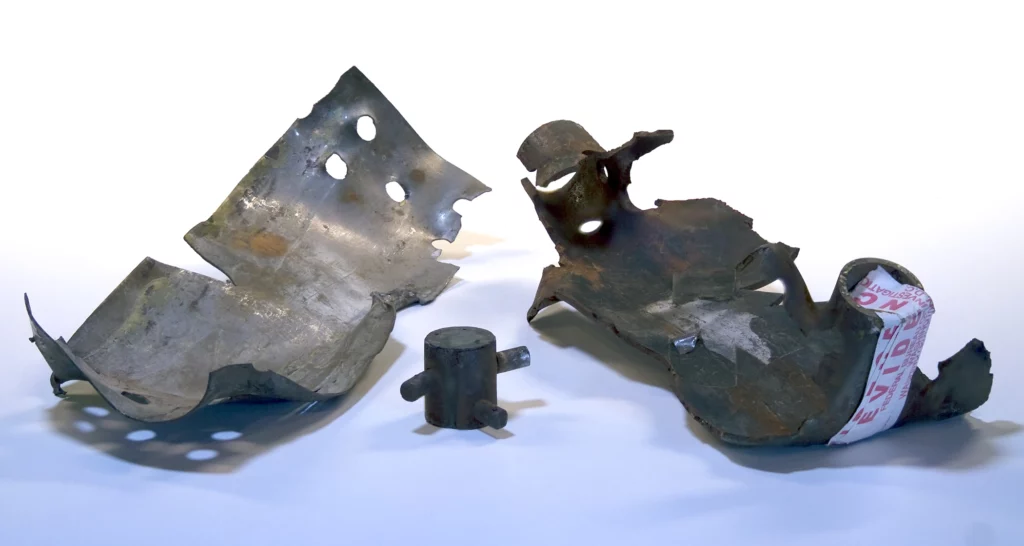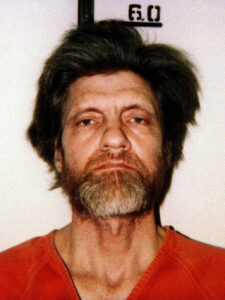The Unabomber: A Dark Tale in the History of Mathematics
Ted Kaczynski was a man of contradictions. Despite his impressive educational background, including a Ph.D. in mathematics from the University of Michigan, Kaczynski chose to live a solitary life in a remote cabin in Montana. However, this peaceful existence was shattered when Kaczynski became the infamous “Unabomber,” carrying out a bombing campaign that lasted nearly 20 years. In this article, we examine Kaczynski’s life and delve into his connection to mathematics, his ideologies, and the legacy he left behind.
Ted Kaczynski: A Mathematical Genius
Ted Kaczynski was born in 1942 and showed an early aptitude for mathematics. He was accepted into Harvard University at the age of 16 and went on to earn a Ph.D. in mathematics from the University of Michigan.
His Ph.D. thesis, “Boundary Functions,” was so complex that only a few people in the country were able to understand it. Kaczynski worked as an assistant professor at UC Berkeley, where he focused on geometric function theory.
Despite his academic success, Kaczynski struggled with social isolation and grew increasingly disillusioned with society. In 1969, he resigned from his teaching position and retreated to a remote cabin in Montana.

The Unabomber’s Terror Campaign
Kaczynski lived in his cabin for over 20 years, becoming increasingly isolated and obsessed with mathematics. However, his background in mathematics also allowed him to construct sophisticated bombs that were difficult to detect, which he used in a bombing campaign (1978 – 1995) that targeted universities, airlines, and individuals involved in technology. This violent crusade resulted in three deaths and 23 injuries, earning Kaczynski the name “Unabomber.”
The Manifesto, Capture, and Legacy
Kaczynski’s bombing campaign was rooted in his belief that technology and industrialization were destroying the environment and human freedom. In 1995, he sent a 35,000-word manifesto to various newspapers, calling for a return to a simpler way of life. The manifesto, titled “Industrial Society and Its Future,” shocked the public and the media, who were horrified to learn that a highly educated individual with a Ph.D. in mathematics could engage in such acts of terrorism. Kaczynski’s brother recognized the writing style and alerted authorities, leading to his arrest in 1996.
Despite Kaczynski’s past, his mathematical contributions cannot be entirely ignored. Scholars continue to study his work, leading to an ongoing debate about separating the man from his academic achievements.

Image credit: Federal Bureau of Investigation, public domain, via Wikimedia Commons.

Image credit: Federal Bureau of Investigation, public domain, via Wikimedia Commons.

Image credit: United States Marshal Service, public domain, via Wikimedia Commons.
Engaging the Public with the History of Mathematics
The story of Ted Kaczynski highlights the complex relationship between intellect, mental health, and morality. By examining the intersection between mathematics and crime, this article hopes to engage the public with the history of mathematics and spark curiosity about the diverse world of mathematics.
Kaczynski’s tale serves as a reminder of how a brilliant mind can be led astray and the devastating consequences that can result.
Author
Arina Bekenova

